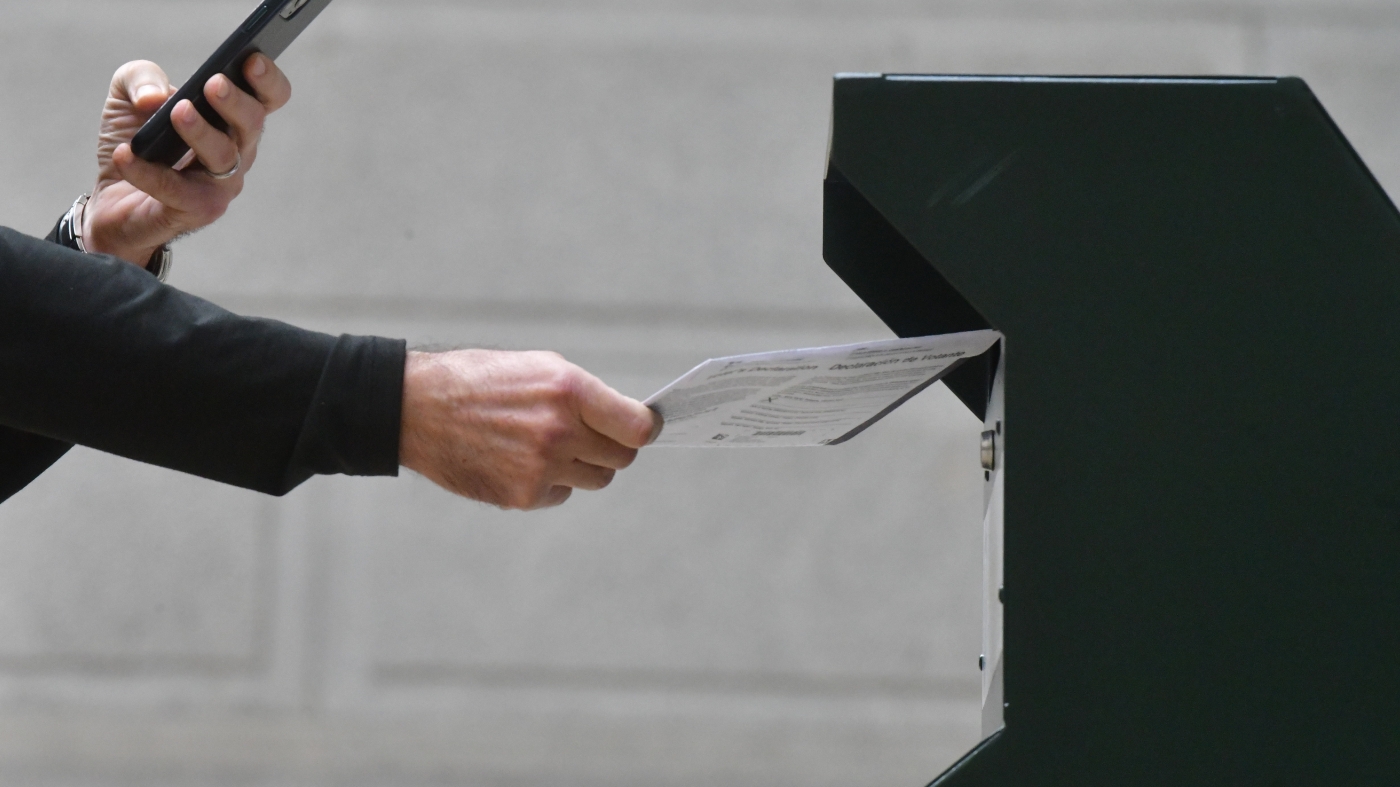President Donald Trump faced tough questions about political violence during a recent press briefing. This came after a series of attacks on Democrats, including the tragic death of Minnesota House Speaker Melissa Hortman. Reporters pushed Trump on his claims that violence primarily stems from the left.
On Sunday, Trump declared, “The problem is on the left. It’s not on the right.” He pointed to acts like flag burning, asserting they reflect a deeper issue he attributes to leftist groups. However, just a day later, CBS News’ Nancy Cordes challenged him directly. She mentioned recent violent attacks aimed at Democrats, like the assault on Nancy Pelosi’s husband and attacks on other political figures.
In response, Trump seemed to downplay the incidents, stating, “I didn’t say it’s on one side.” He continued, claiming that “the radical left causes tremendous violence” but didn’t acknowledge any complexity in the issue. This reflects a pattern where political leaders simplify complex social issues for rhetoric’s sake.
Experts have noted a troubling trend. Research from the Armed Conflict Location & Event Data Project shows that incidents of political violence have surged in recent years. A study released last year found a close link between political rhetoric and violent acts, suggesting that inflammatory speech can incite violent behavior.
The reaction on social media has also been significant. Many users are pointing out the hypocrisy in labeling violence as an issue exclusive to one side. Despite this, Trump’s supporters often rally behind his narrative, showing a divide in perception based on political beliefs.
Deputy Chief of Staff Stephen Miller, attending the press conference, echoed Trump’s sentiments, stating the administration would target those “paying for violence.” This statement raised concerns about potential overreach. Critics argue that marking all left-wing protests as violent misrepresents peaceful movements like Black Lives Matter.
During the briefing, Trump also avoided questions about why he didn’t lower flags to half-staff for Hortman after doing so for a right-wing activist. He stated it was up to the governor of Minnesota to make that request, a remark that didn’t sit well given the context.
Overall, the conversation highlights deep divides in current political discourse about violence. The narrative from leaders can shape public opinion but also risk oversimplifying complex issues. It’s essential to recognize the diverse factors that contribute to political violence, rather than attributing blame to one side only.
For a deeper look into how political violence is evolving, check out this report from the Armed Conflict Location & Event Data Project.
Source link
donald-j-trump,charlie-kirk,kaitlan-collins,stephen-miller,jd-vance,los-angeles






















